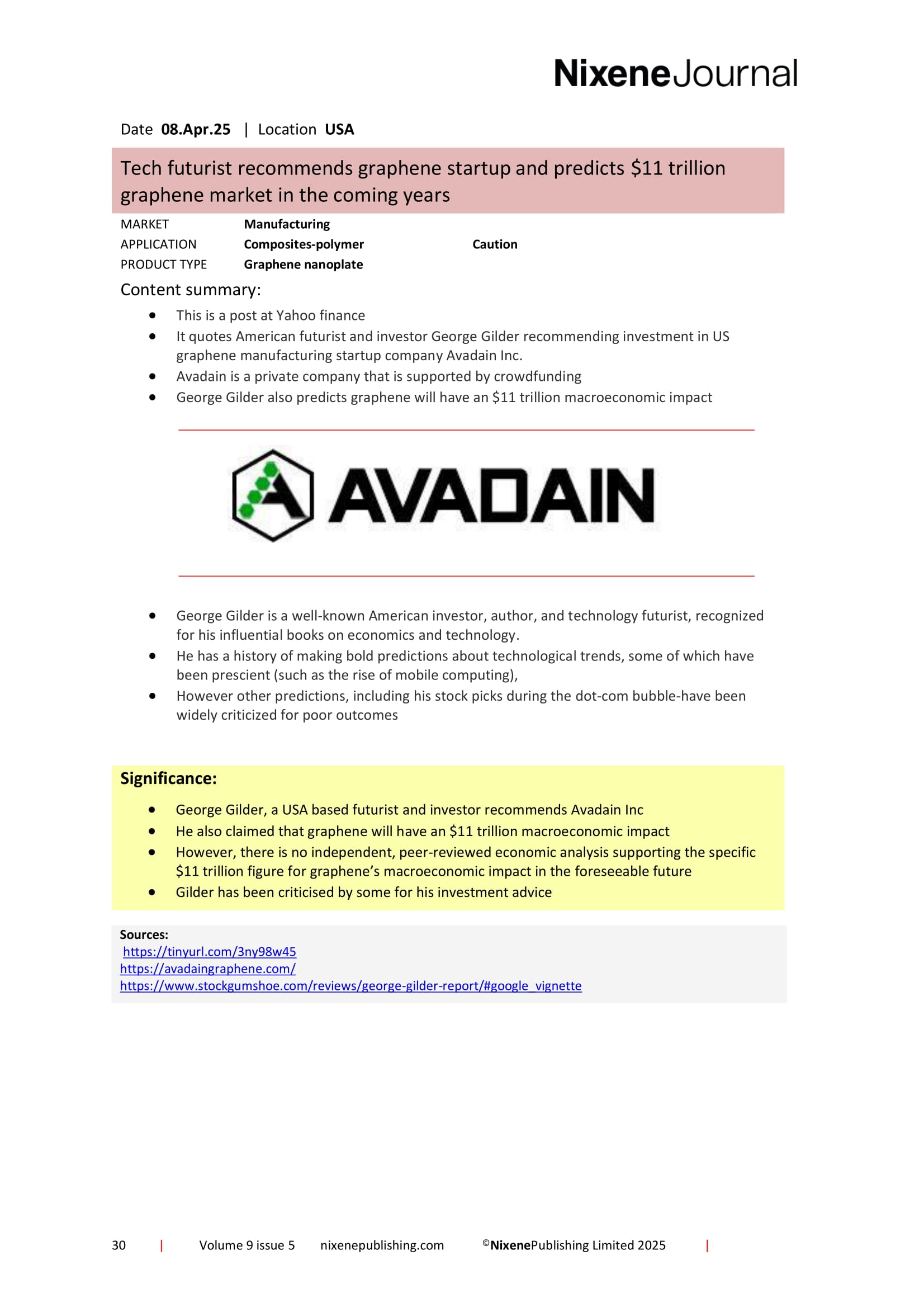Journals
This product is relevant to the following:
Material:
Other:
, ,Locations:
Markets:
Applications:
Product Types:
Technologies:
Related products
-
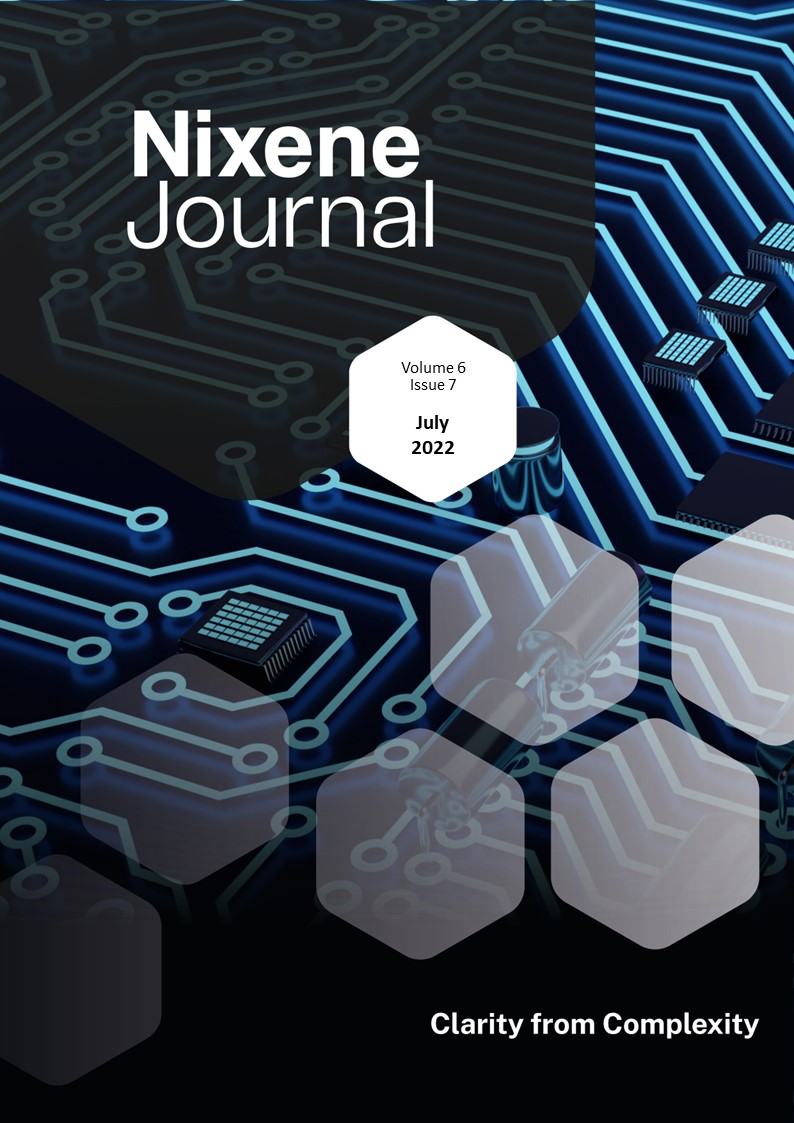
Vol 6 Issue 7
Evidence is mounting in support of the low toxicity of graphene. The Swiss federal research laboratories have added to the body of evidence this month (p.16). They explored the effects of dusts generated by graphene enhanced polymers when they are abraded and found no toxic effects and minor respiratory inflammation. This means the dusts created during the recycling process of graphene enhanced polymer composites (in this case, nylon PA6) represent a low health hazard. As a regular reader, you will know that graphene is being trialled as an additive to enhance the life of asphalt roads. In the UK Kent County Council and the University of Nottingham have just released data from the field trials on roads in the county (p.33). They found that graphene: • Extends the surface lifetime by approximately 2.5 times to last up to 25 years • Over 65-year asset life, a carbon saving of 23kg CO2/m2 of road surface • Created a 32% reduction in cost over the lifetime of the asset Graphene applications supported by data get more of our attention. GMG has commissioned its graphene enhanced battery plant in Australia. These batteries have a lower energy density than lithium ion and nickel metal batteries. This might not sound important, but aluminium and graphene are common materials that can be made with low environmental impact when compared with lithium, cobalt & nickel. A new electric vehicle has been launched this month. UK hypercar manufacturer has presented its Apricale hydrogen fuel cell electric vehicle (HFCEV). The car has a top speed of over 300km/hr and a range over 500km. Graphene enhanced polymer composites are used to make the hydrogen fuel tank. The car does need batteries but because these are for supporting power it needs much less than a normal EV. This raises an interesting possibility, could lower energy density battery technology such as aluminium ion be used in conjunction with fuel cell technology to make better, sustainable electric vehicles? All these developments use graphene powders. Meanwhile large area sheet CVD graphene makes steady progress. A team at the University of Texas has made a ‘graphene tattoo’ sensor that can be applied to the skin to continuously monitor blood pressure. Using graphene means there is no inflammatory response from the wearer, and the sensor provides the highest sensitivity rating. Continuing the CVD theme, we interview the CEO of one of the leading graphene manufacturing companies, Jeff Draa provides insight into how he makes his CVD graphene and how they monitored customers to help them focus on the applications most likely to drive commercial success. You can find out about all this and more in this fascinating issue, dear reader please read on… Adrian Nixon 1st July 2022£45.00 View product -
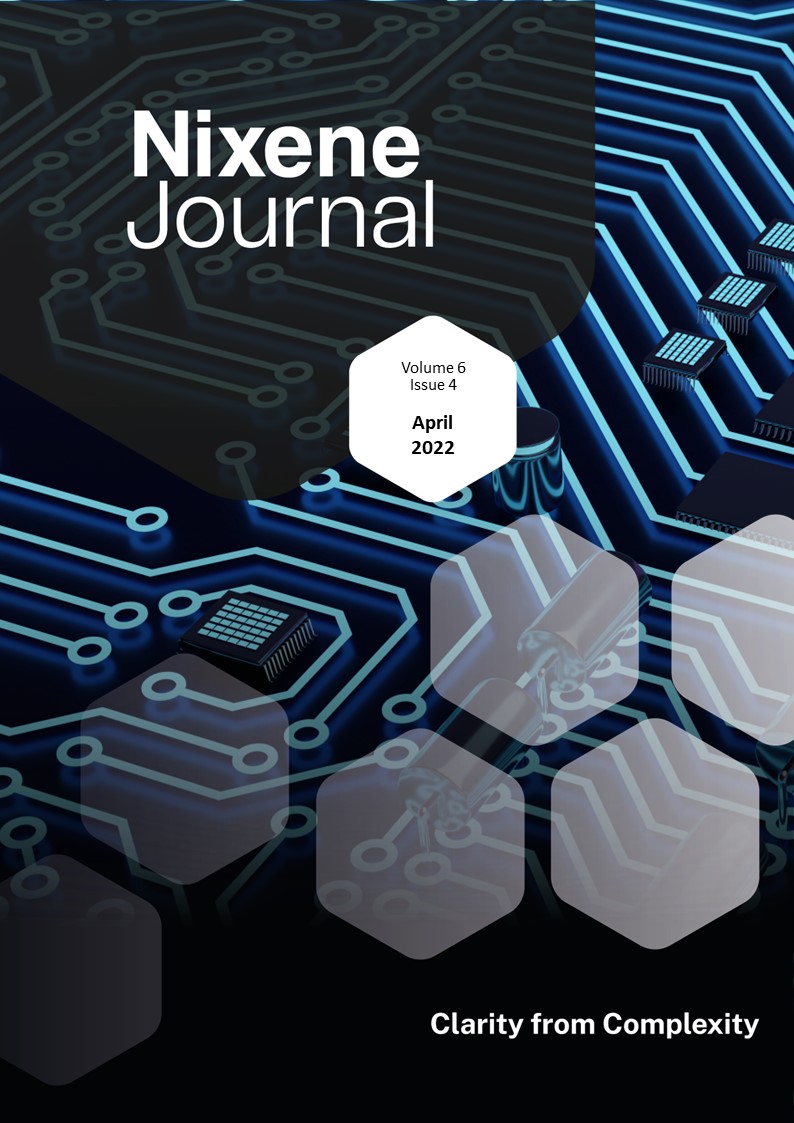
Vol 6 Issue 4
We begin this month with a review of a new book by James Baker and James Tallentire – “Graphene: The Route to Commercialisation.” This book will be released later this month and well worth a read. It is part history of the graphene story and part how-to-guide to create a sustainable innovation ecosystem for new advanced materials. Graphene composites are making the news. The graphene-asphalt road trials in the UK have produced successful results. Oxfordshire County Council reports that graphene-enhanced asphalt improves the life of the road surface by 70%, and graphene enhances the stiffness of the surface, making it less prone to rutting. Another trial is underway on a 700m stretch of road with heavier traffic to see if similar benefits are reported. Korea is experimenting with graphene-metal composites to build new power lines for its electricity grid. The national power company announced a research project to enhance the power transmission capacity of the country’s energy distribution network. On a smaller scale, researchers in the USA are using graphene oxide scaffolds to create new bone using stem cells. Graphene oxide has been making more appearances on social media. Reuters felt compelled to investigate claims that graphene oxide was being put into ibuprofen tablets. Their conclusion was that these are false claims. Elsewhere, rather serious accusations are starting to emerge about one of Canada’s biggest graphene companies. Zentek (previously Zen Graphene Solutions) has been accused of unethical business practises. Prof. Rodney Ruoff’s group in Korea have been working with teams in Saudi Arabia and China to make large area single-crystal graphene. They used the chemical vapour deposition (CVD) process but allowed graphene to diffuse into the copper metal close to its melting point. This grew the graphene at the interface between the metal and a sapphire substrate. They added another clever step by diffusing nitrogen into the copper then rapidly heating the sample. This caused the nitrogen to expand, blowing off the copper, leaving the graphene exposed and undamaged. We can expect the team to speed up and scale up the process over the coming years. This team is one to watch. There are many more things to watch out for in this issue, dear reader. I will delay you no longer and let you dive into this month’s carefully curated content… Adrian Nixon, 1st April 2022£45.00 View product -
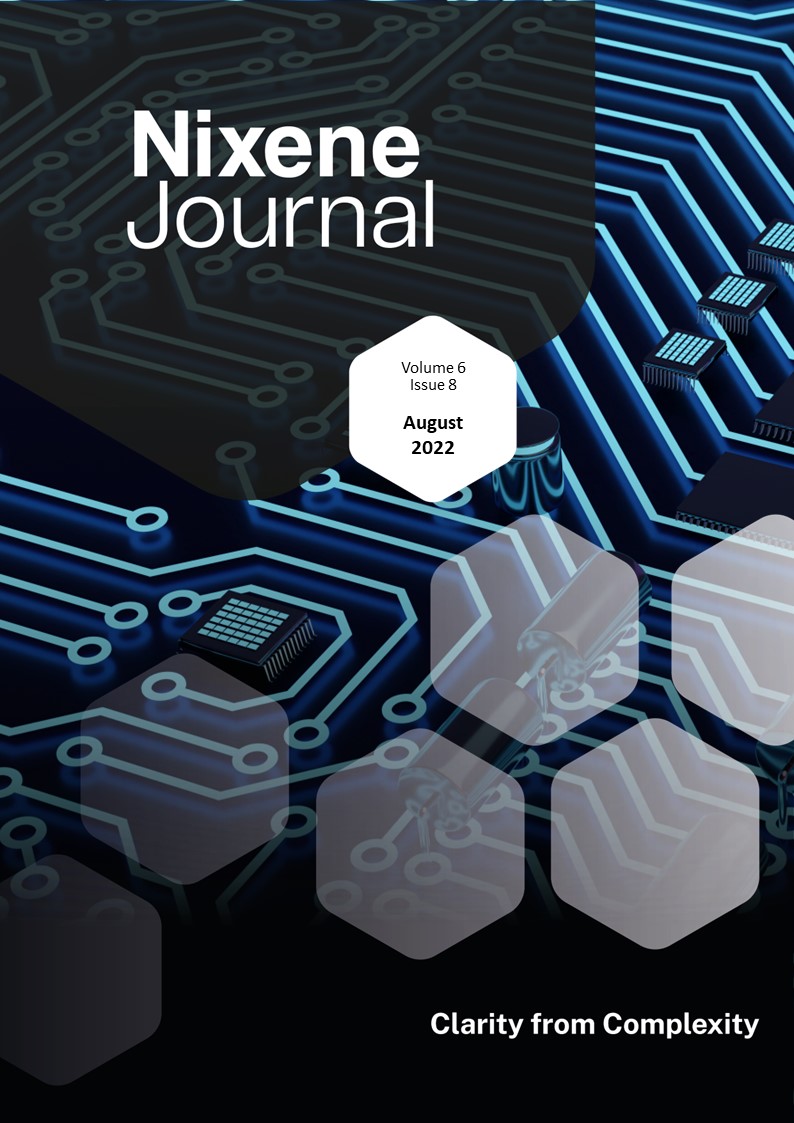
Vol 6 Issue 8
Graphene enhanced concrete features several times this month. It seems that the world is starting to pick up on the environmental benefits. A new reservoir dam is under construction at Almudévar, northeast of Zaragoza in Spain. Graphenea and the University of Madrid have a graphene enhanced concrete trial on site. The trial is on non-structural components as you would expect for a new material on a critical project. The early results are showing that the addition of graphene will make the concrete last 50% longer. The Almudévar project would be notable just for this. What is interesting is the reaction of the leadership of the construction company, Lantania Group, building the dam. "This new additive is undoubtedly a step forward in improving the sustainability of infrastructures. By increasing its durability, we will be able to make concrete a more environmentally friendly material," Federico Ávila, President of Lantania When the top management of big construction companies start to make public statements like this, we know that things are starting to change. Another development with a sustainable theme is the industrial pilot scale recycling of end of life lithium-ion batteries from electric vehicles. The Hydrovolt plant in Norway can already recycle 12,000 tonnes of battery packs each year. The company reclaims 95% of the plastics and metals but the graphite electrodes were a waste stream. Graphmatech and Graphenea have collaborated to take the graphite waste and upcycle it into graphene oxide. This is a very encouraging development. Moving from graphene powders to large area sheet graphene, we have a special feature this month exploring the new material that will emerge in the foreseeable future. This is a Van der Waals homostructure of multi-layer large-area sheet single-crystal graphene. We propose a new name for this material; Graphene Super-Laminate (GSL). We will explore the properties of GSL in future issues, it promises to realise the full potential of graphene’s superlative properties. In this issue we start to see this new material being considered as the last piece of the puzzle for a world changing technology – the space elevator. Visions don’t come much bigger than this, and it just might be that graphene could play a key role in making this happen. You can find out about this and more in this issue, dear reader. Adrian Nixon 1st August 2022£45.00 View product -
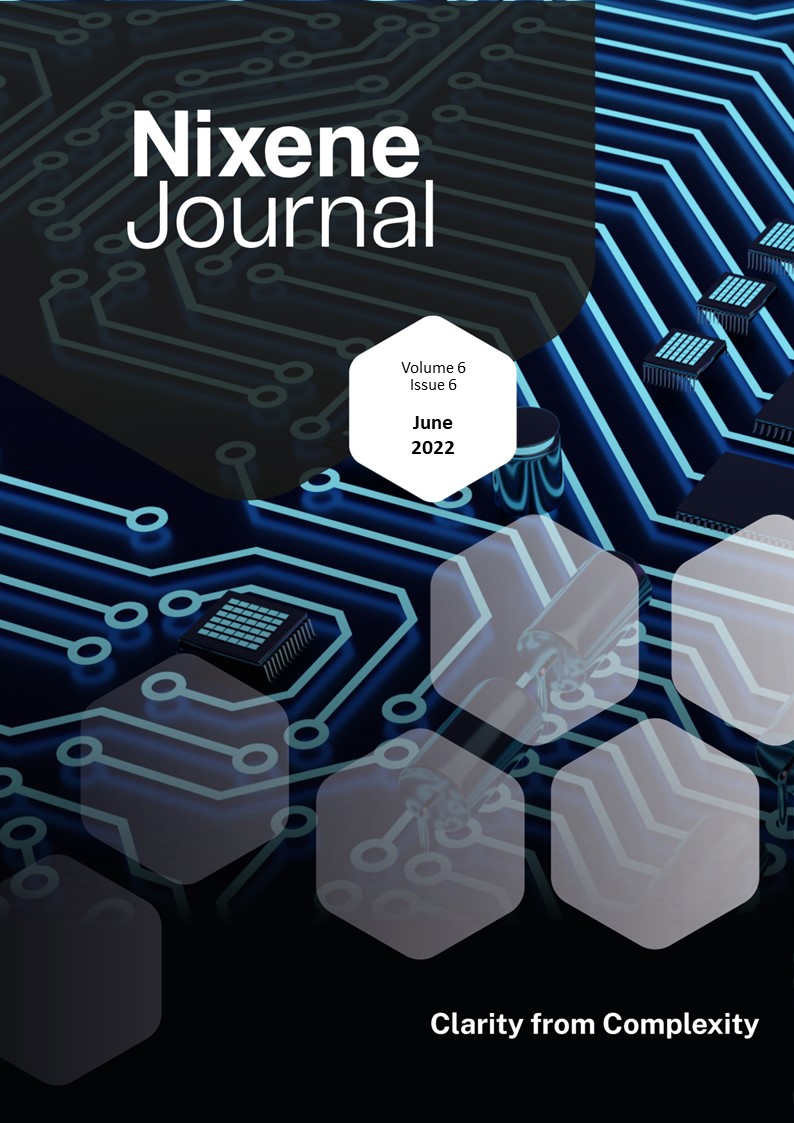
Vol 6 Issue 6
A sustainable economy is a major aspiration for governments and corporations alike. As we head into the future recycling and upcycling of materials is a major part of this. In principle, plastics should be relatively straightforward to recycle. In practise this is quite challenging because different types of plastics are often bonded together, to achieve different performance criteria, and often end up in waste dumps at the end of the product’s life because these bonded composites are often impossible to recycle. The Ford Motor Company has been making progress addressing this challenge with Prof James Tour’s team at Rice University in the USA. A few days ago, they published the results of their joint work (p.14). They have proved that a variety of waste plastics from end-of-life vehicles can be made into flash graphene powder. The flash graphene was used to make new graphene enhanced polymers which had better mechanical performance, so this can be considered as a prime example of upcycling rather than recycling, (upcycling is the process of converting a material into a new resource of higher quality, value and increased functionality). Ford and Rice are creating an important chapter in the graphene story with this work. Two new two-dimensional (2D) materials have been created for the first time this month. In 2012, a new 2D allotrope (a new form) of carbon called graphyne was thought to be possible to make and some of its properties were predicted. A decade later, a team of chemists at the University of Colorado has actually made small amounts of the material for the first time (p.15). The other new 2D materials are called transition metal carbo-chalcogenides, more easily termed TMCCs. These have been made by a joint team in the USA and Sweden. TMCCs have a combination of electrical conductivity and stability that make them attractive candidates for electronics and energy storage applications. The manufacturing process is also relatively straightforward and scaleable in comparison with similar materials and this could make them a viable commercial proposition in the future. Returning to the sustainability theme; this month, UK graphene manufacturer Levidian Nanosystems Ltd. announced a £700 million deal with the United Arab Emirates (UAE) to supply 500 of its graphene production units. This will capture half a million tonnes of CO2 equivalents (CO2e) over the next five years. The system works by turning methane gas into graphene. The graphene is almost a by-product in this case. The most logical use will be to further reduce CO2 emissions by using the graphene to enhance concrete for many construction projects in the UAE. Graphene is certainly making an impact right where it is needed most – furthering the sustainability agenda, you can find out more by reading on… Adrian Nixon 1st June 2022£45.00 View product

